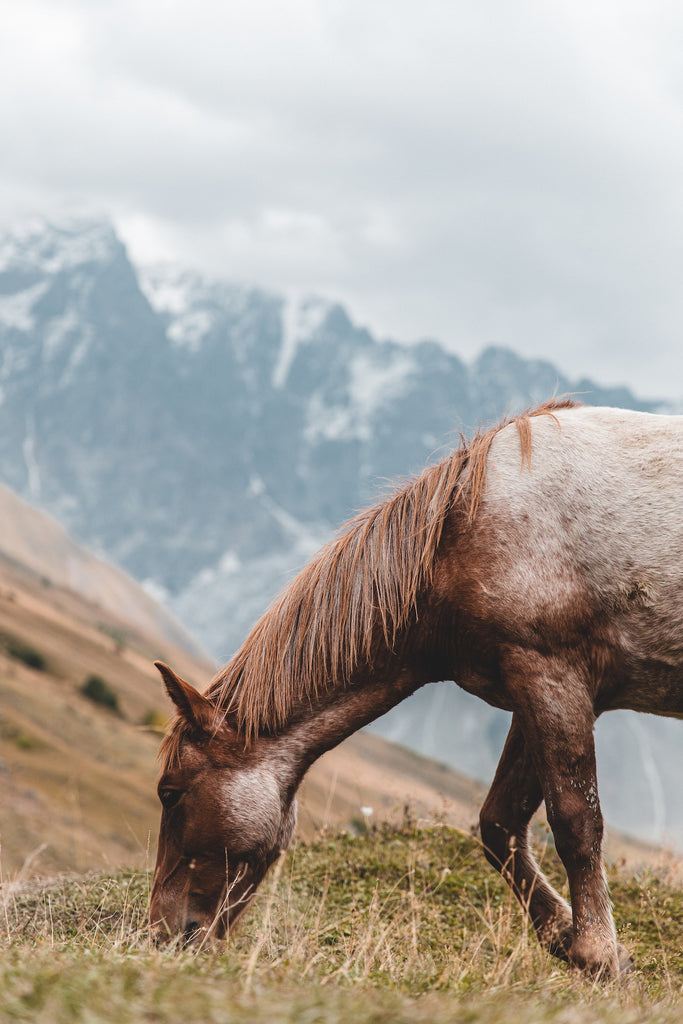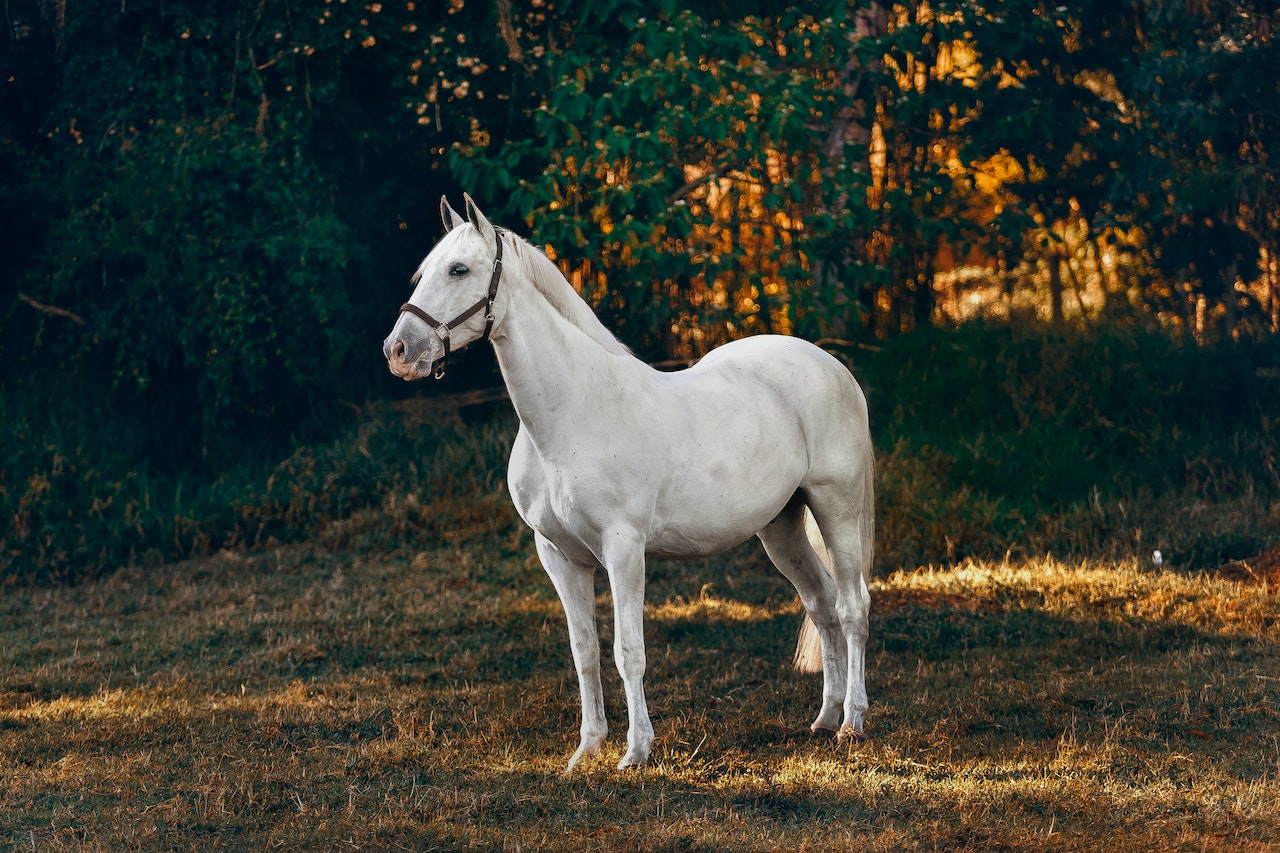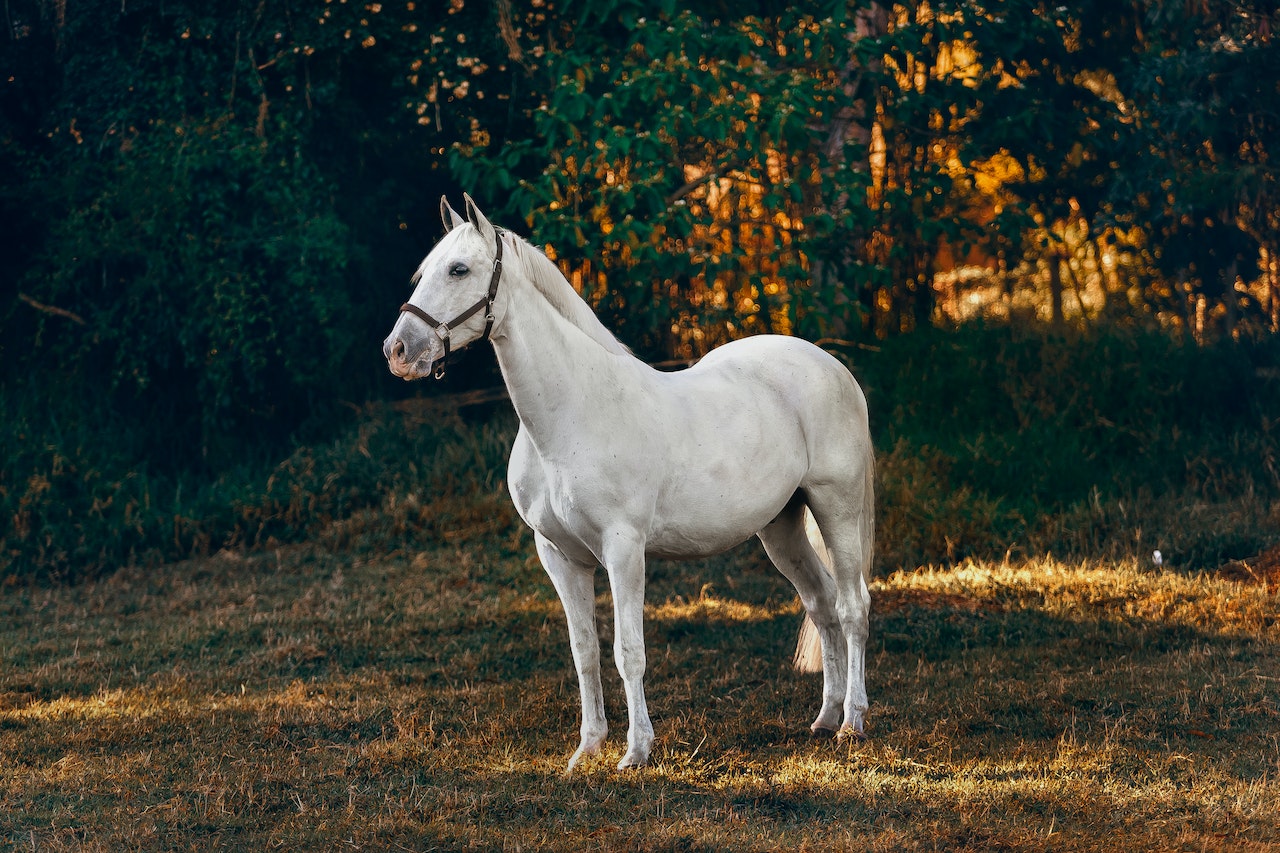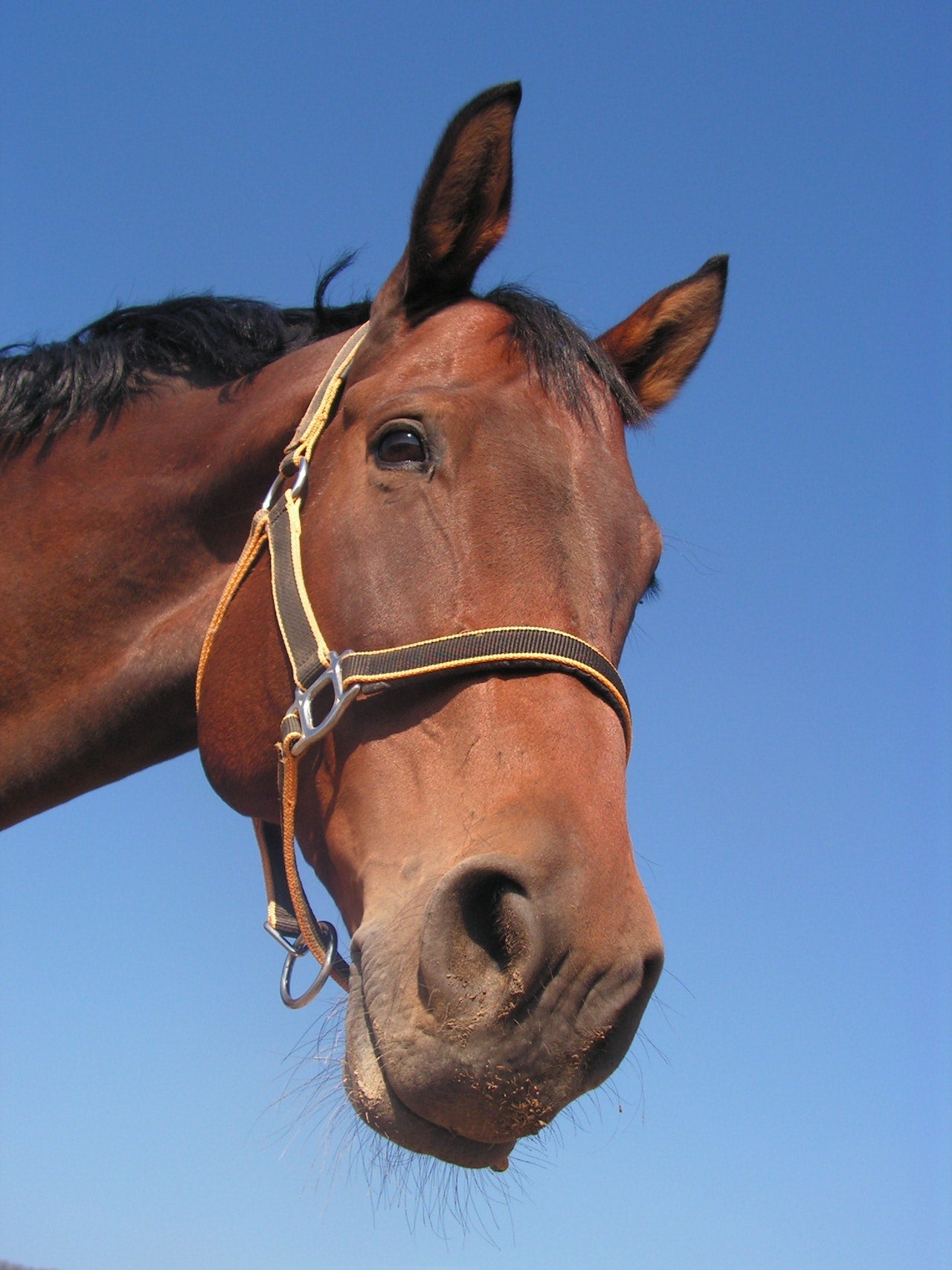
Haylage: A Game-Changer in Equine Nutrition
The health and performance of our equine friends are greatly influenced by their diet. Haylage has distinguished itself among the available feed sources as a breakthrough in the field of horse nutrition. This essay looks into the world of haylage and examines its advantages, drawbacks, and how it has transformed the way horses are fed.
Providing haylage to horses has several benefits. Haylage is a nutrient-dense feed source that supports horses' general health and vigour thanks to its enhanced nutritional density. Additionally, haylage's increased moisture content encourages hydration, making it a perfect choice for equines, especially in hot and dry seasons.
This piece examines the world of haylage and its significant effects on horse nutrition. We look at its ingredients, how it's made, and why equestrians and horse owners are becoming more and more enamoured with it. We enable equestrians to make knowledgeable decisions about their horses' dietary needs by educating them on the benefits and issues of feeding haylage.
Can Horses Eat Haylage?
Yes, haylage is edible to horses. To ferment and maintain its nutrients, haylage is a form of feed manufactured from grass or lucerne that has been partially dried before being wrapped in plastic. It is frequently offered in place of dry hay since it may be a valuable source of nourishment. Comparing hay with haylage, it is known that the latter contains more nutrients. It's crucial to keep in mind that various horses may not all readily consume haylage due to individual preferences.

Haylage
As an alternative to conventional dry hay, haylage, commonly referred to as baled silage, has grown in favour of the equestrian community. It is produced by baling grass or lucerne after it has partially dried, to create an atmosphere that is airtight for fermentation. The fodder is preserved by fermentation while preserving its moisture and nutrients.
The greater moisture content of haylage compared to dry hay is one of its main benefits. Dry hay has moisture levels below 15%, whereas haylage often has moisture levels between 40 and 60 percent. The benefits of this elevated moisture content are numerous. First off, it helps horses drink more water, which is important for their health in hot weather and during strenuous exercise. Furthermore, the added moisture in haylage can improve the forage's flavour and digestibility, making it simpler for horses to chew and ingest.
Additionally, haylage has a higher nutritional density than dried hay. More of the proteins, vitamins, and minerals included in the fresh forage are preserved during the fermentation process in haylage. Haylage is a great option for horses who need more calories or have greater nutritional needs because of the nutrient retention it offers.
Benefits of Feeding Haylage to Horses
Greater Nutrient Density
When compared to dry hay, haylage contains more nutrients. More of the proteins, vitamins, and minerals found in fresh fodder are retained during the fermentation process used to make haylage. This nutrient-rich fodder can help horses perform better and stay in better shape overall.
Improved Hydration
When compared to dry hay, haylage has a much higher moisture content. This added moisture can aid in improving hydration in horses, especially when water is scarce, when they are exercising vigorously, or when it is hot outside. Maintaining a healthy digestive system, avoiding colic, and promoting general well-being all depend on proper hydration.
Improved Digestibility
Haylage's fermentation process breaks down complex carbs, improving the forage's digestibility for horses. Horses with dental problems, elderly horses, or those with weakened digestive systems may benefit the most from this. Haylage's improved digestibility enables greater nutritional utilisation and lowers the danger of gastrointestinal problems.
Respiratory Benefits and Reduced Dust
Haylage often contains less dust than dried hay. For horses with allergies or respiratory sensitivities like heaves, this may be useful. Haylage can assist in promoting improved air quality and lowering the risk of respiratory irritation or inflammation by decreasing dust particles in a stable environment.
Suitable for Special Dietary Needs
For horses with special dietary needs, haylage might be a useful choice. The greater nutrient content of haylage can assist fulfil the needs of horses with higher nutritional needs or those that require more calories without entirely depending on concentrates or supplements. For horses with limited diets, such as those with metabolic conditions or challenges with weight control, it can also be a helpful fodder alternative.
Feeding Practices and Tips
Define Haylage Gradually
It's crucial to gradually incorporate haylage into a horse's diet. Over the course of several days, gradually increase the quantity of haylage in their usual fodder, such as dry hay, by starting with modest quantities and working your way up. This enables the digestive tract of the horse to adapt to the increased moisture content and microbial alterations brought on by the fermentation process.
Monitor Moisture Levels
Haylage must be handled and stored properly to preserve quality and avoid spoiling. To make sure they stay within the ideal range, frequently check the moisture levels of the haylage bundles. Overly dry haylage may not have the required nutritious content, while excessive wetness might result in the formation of germs or mould.
Storage and Handling
Haylage bales should be stored and handled in a dry, well-ventilated environment to avoid moisture buildup and preserve their quality. Avoid exposing the bales to rain or intense sunshine, which might impair the fermentation process.
Determine Feeding Amount
Based on your horse's requirements, including age, weight, activity level, and general health, consult a veterinarian or equine nutritionist to establish the right amount of haylage to give your horse. Depending on dietary needs and the nutritional makeup of the haylage, the feeding quantity may change.
Potential Risks of Feeding Haylage to Horses
Spoilage and Mould Contamination
Haylage is more prone to spoilage and mould if it is not handled and kept correctly since it contains more moisture than dry hay. Mould growth or the development of dangerous germs might be caused by excessive moisture or damage to the plastic covering. Horses may experience digestive problems or mycotoxin exposure if they consume rotten haylage. The haylage bales must be frequently inspected for signs of deterioration and discarded.
Risk of Choking
Some horses are more likely to choke, a condition in which food becomes stuck in the oesophagus. For horses who eat fast or have dental problems, the greater moisture content of haylage and its propensity to clump together can raise the danger of choking. Haylage can assist reduce the danger of choking by being fed in smaller volumes, employing slow-feeders, or adding more moisture before feeding.
Concluding Words
Just keep in mind that every horse is different and has different nutritional needs. You may make wise judgements and advance your horse's well-being by being aware of the advantages and possible drawbacks of feeding haylage. Haylage may be a beneficial supplement to your horse's dietary plan, boosting their health, performance, and general well-being with the right management and care.



